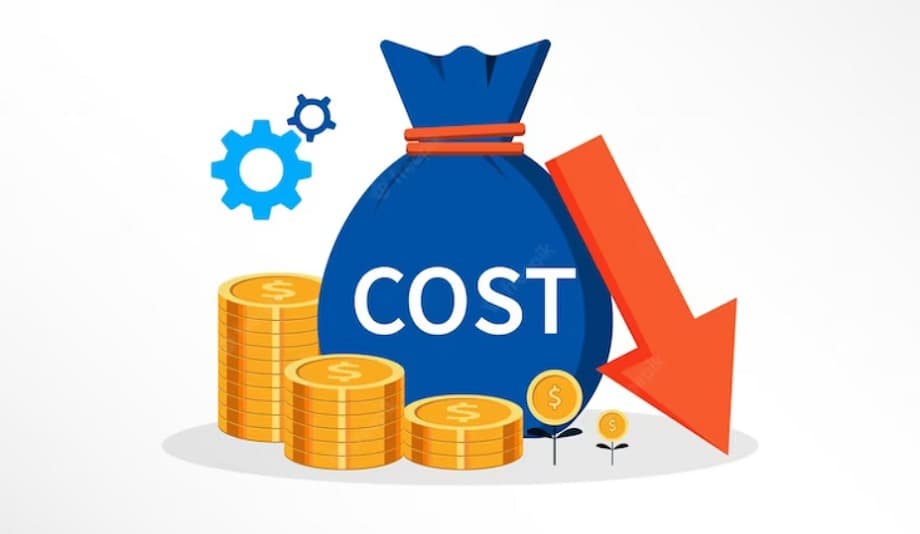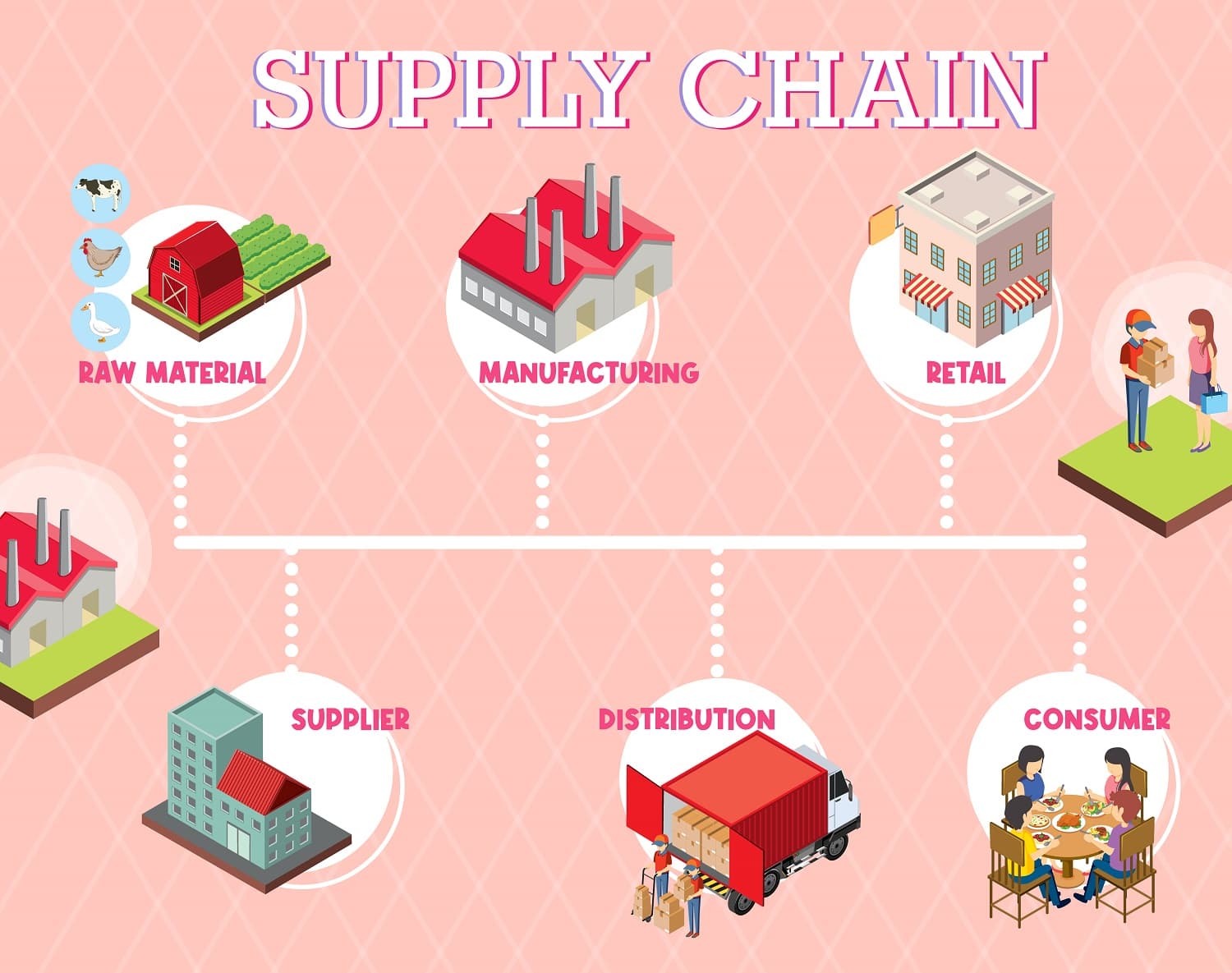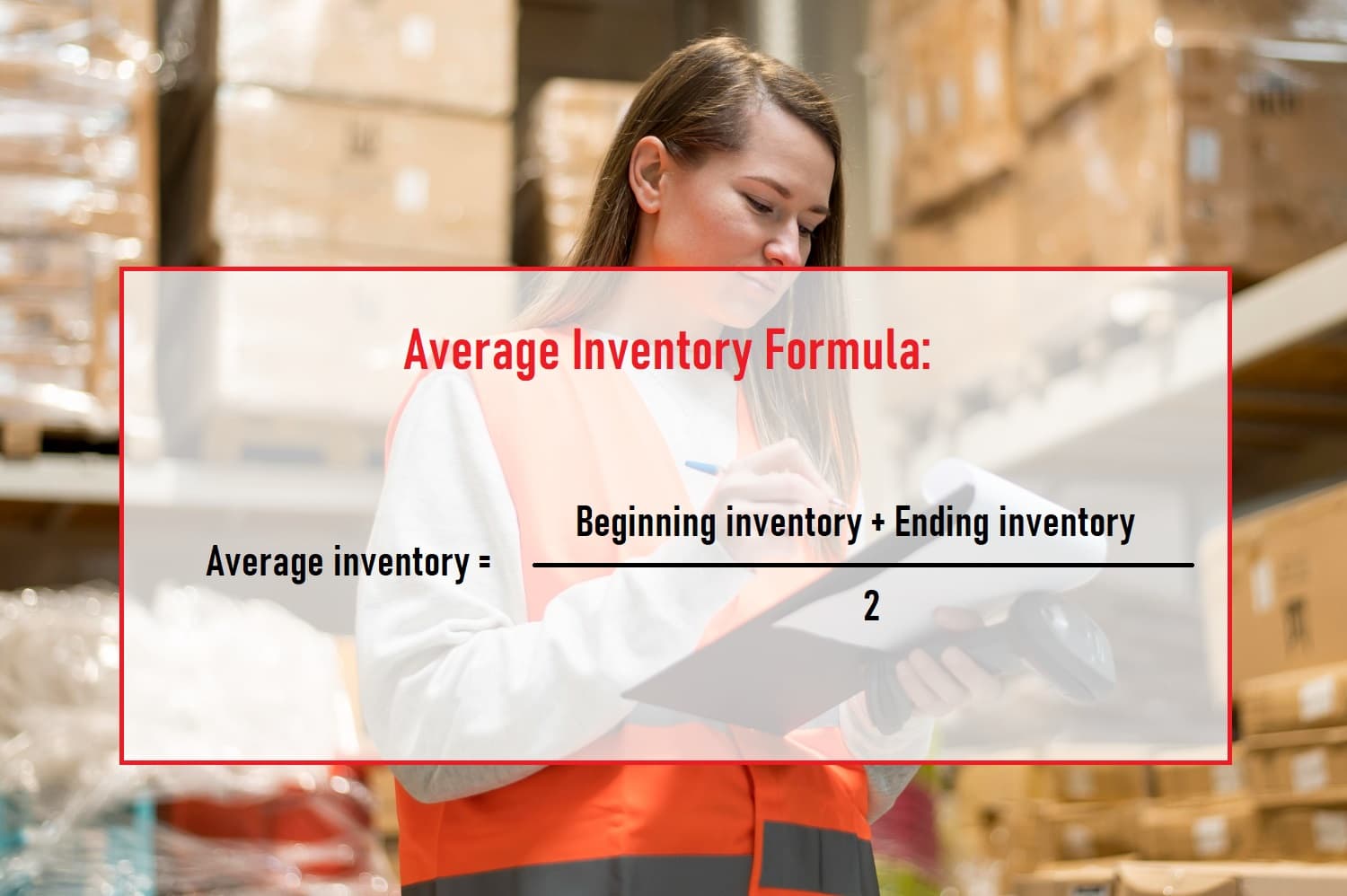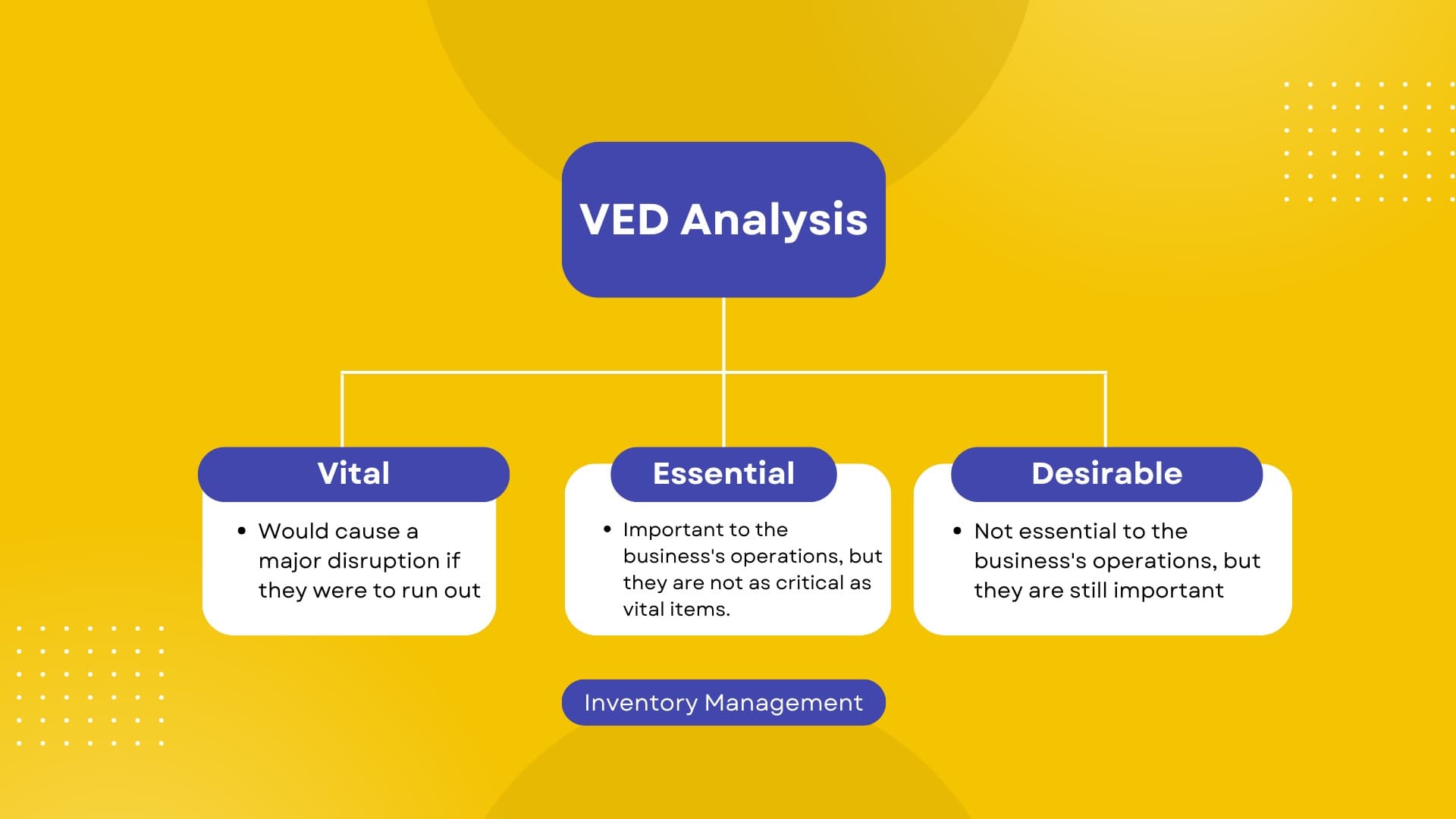
Inventory Cost Reduction: Strategies to Improve Your Bottom Line
Cost reduction in inventory management is the process of identifying and implementing strategies to reduce the costs associated with holding and managing inventory. This can include reducing the amount of inventory on hand, negotiating better prices with suppliers, and improving inventory management processes. Why Is Cost Reduction in Inventory Management Important? Cost reduction in inventory […]
Read More
Supply Chain Optimization: A Guide to Improving Efficiency and Profitability
Supply chain optimization is the process of improving the efficiency and effectiveness of a supply chain. It involves coordinating the flow of goods and services from suppliers to manufacturers to distributors to retailers and customers. Do you know? 5% reduction in supply chain costs will double net profits. The goal of supply chain optimization is […]
Read More
Average Inventory Formula: What It Is and How to Calculate It
Average inventory is the average amount of inventory that a company has on hand over a specific period of time. It is calculated by adding the beginning and ending inventory levels for the period and dividing by two. Average inventory is important for a number of reasons: Average inventory is an important metric for businesses […]
Read More
Kitting: Everything You Need to Know
Kitting is the process of combining individual parts or products into kits that can be shipped or sold as a single unit. It is commonly used in manufacturing, warehousing, and e-commerce. In manufacturing, kitting can be used to organize and assemble parts into bundles that can be delivered to the point of use. This can […]
Read More
How to Keep Good Relationships With Suppliers
Good relationships with suppliers are important for a number of reasons. They can help you to get better prices and terms. When suppliers know and trust you, they are more likely to be willing to work with you on pricing and payment terms. This can save you money in the long run. Good supplier relationships […]
Read More
VED Analysis in Inventory Management: A Comprehensive Guide
VED analysis is a method of inventory management that classifies inventory items into three categories based on their criticality to the business: VED analysis is a valuable method for inventory management because it helps businesses to prioritize their inventory levels and focus their resources on the most important items. Benefits of Using VED Analysis: The […]
Read More
How to Improve Your Inventory Storage Efficiency
Inventory storage is the process of managing and securing physical goods until they are ready to be sold or used. It involves tracking the quantity and location of inventory, as well as protecting it from damage, theft, and loss. Inventory storage is an essential part of supply chain management, and it can have a significant […]
Read More
Sustainable Inventory Management: A Guide for Businesses
Sustainable inventory management is the practice of using resources more efficiently, minimizing waste, and choosing sustainable suppliers and products to reduce the environmental and social impact of inventory activities, such as sourcing, storage, distribution, and disposal. Sustainable inventory management is important for a number of reasons. First, it helps businesses to reduce their environmental impact. […]
Read More
Simple Inventory Software for Small Businesses: Save Time and Money
Inventory software is a software system that helps businesses track and manage their inventory. It can be used to track the quantity and location of inventory items, as well as their purchase and sale history. Inventory software can also be used to generate reports on inventory levels, sales, and other metrics. Inventory distortions, such as […]
Read More
Inventory Receiving: How to Accept and Process Incoming Inventory Shipments.
Inventory receiving is the process of accepting and processing incoming shipments of goods. It is an essential part of inventory management, ensuring that stock levels are accurate and up-to-date. The process involves recording information about the items received, such as the quantity, type, cost, and other relevant details. Inventory receiving typically involves the following steps: […]
Read More